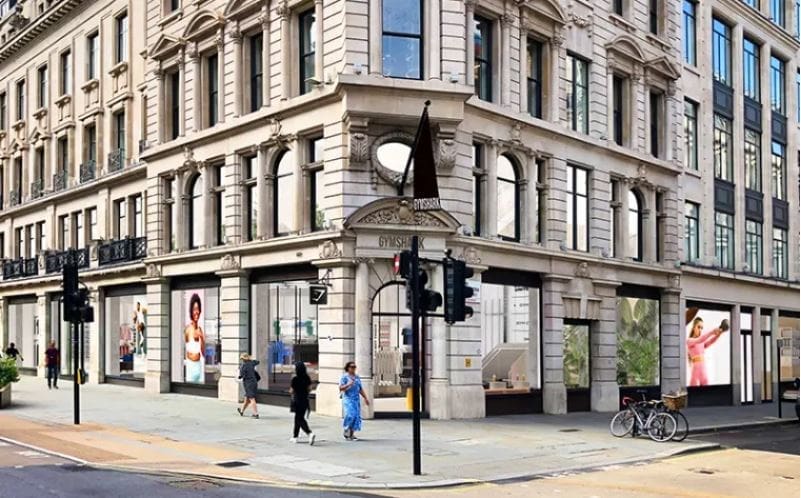Amazon opened an experimental brick-and-mortar store in Seattle today, called Amazon Books. While at first it may seem surprising that the online retail giant, founded to challenge the inventory of physical book stores, would decide to go physical with its book sales, Amazon’s move to experiment with brick-and-mortar speaks to a consumer desire for a personal, in-person experience. Mintel Trend Experience is All notes that, “in many ways the rise of quick-service formats and automated service has actually fueled a greater desire for good, old-fashioned customer service, particularly in face-to-face form.” The renewed interest in in-person interactions is influencing the way many brands are approaching their retail strategies. In the recent past, we’ve watched the role of brick-and-mortar transform within the telecommunications industry as providers have looked to improve the retail experience to help boost overall customer satisfaction.
Apple set a new benchmark for customer service with its retail stores years ago, and a variety of telecom providers have looked to the tech giant’s “experience store” concept to improve their own retail offerings. For example, AT&T, Verizon and, most recently, Comcast have launched immersive retail stores, where customers and prospects can engage with products and services in-person, while also having memorable interactions with knowledgeable and helpful sales staff. Offering entertainment and educational opportunities can help to ease the frustration of long lines and wait times that have traditionally characterized the telecom retail experience, while also inviting cross-sell or upsell opportunities through the customer’s discovery.
In a different approach, some providers have sought to improve the retail experience by better enabling busy customers to get in and out of the store quickly. TELUS, for instance, allows customers to make an appointment at its wireless retail locations across Canada before coming into the store. This way, the customer can avoid long wait times, see the representative at the appointed time, and then get on with their day. In direct contrast to the experience stores outlined above, which encourage the customer to spend more time in the store browsing and immersing themselves in shopping and learning, this service likely diminishes the time the customer will spend in the store. A good sales representative, however, can help make even a quick experience positive and memorable, and educate the customer on products and services throughout the store.
Sprint has transformed the retail experience by bringing the store to the customer with Direct 2 You. Direct 2 You is a free service offered to Sprint customers who are upgrading a device, wherein a Sprint service representative will drive the new phone to the customer’s home or office, set it up for them, and educate them about the device and service. Sprint has recently expanded the service to major metropolitan areas across the US, after testing in several markets, which suggests that the service has been successful. (It’s worth noting that AT&T partnered with Enjoy to offer a similar service, but AT&T continues to offer its service in very few markets, and hasn’t been observed to do much direct marketing of the service.)
All of this experimentation to make the retail experience more meaningful or personal seems to indicate that these physical retail locations aren’t going to disappear anytime soon. On the contrary, face-to-face interaction with a brand is growing in importance. Providers that can find a new approach to the retail experience that not only meets the needs of their customers, but also has the power to surprise and delight (which, I believe, Sprint has done with Direct 2 You), are likely to stand out in the minds of consumers who are looking for just that kind of memorable interaction.
Amazon is certainly not the first Internet-based company to test out brick-and mortar (nor, as we’ve covered in a past blog post, is this Amazon’s first foray into physical stores), and it won’t be the last. As consumers continue to crave experiences, we will likely see other popular Internet-only brands investing in offline experiences. There is certainly that element of surprise, even quirkiness, in finding an online provider operating in the physical world—one that I’d be surprised to see other online-based businesses overlook.
Emily Groch is Mintel Comperemedia’s Director of Insights, Telecommunications. She provides omni-channel marketing analysis and competitive insights to wireless, TV, internet, over-the-top, and home security service providers across the U.S. and Canada.








































